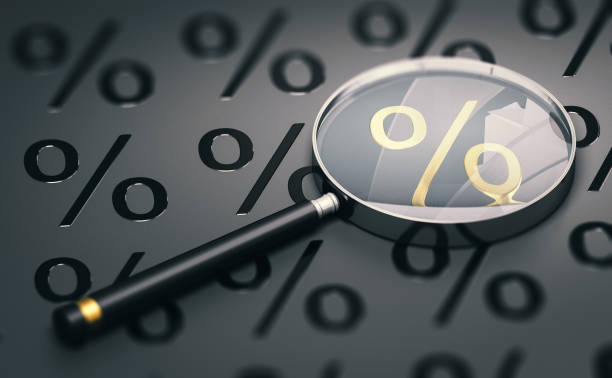European markets and US futures are ready to start the week on a positive note. During the week, the focus is going to remain on central banks and their monetary policies. Looking at the score card, the S&P 500 index is up 15.16 percent the Dow Jones is 11.84 percent and the Nasdaq has soared 17.5 percent year to date. The volatility index, VIX, is down nearly 39.89 percent year to date. Remember, this is all in the midst of heightened geopolitical tensions and the ongoing trade war between the US and China. This shows that investors are still very much interested in holding riskier assets because the derivatives which are classified as safe event such as gold is up only 4.42 percent year to date.
Investors are largely betting on one important event; central banks are going to remain dovish with respect to the monetary policy due to the slowdown in economic growth. The evidence of this can be seen by looking at the bond market – the German bund yield has dived further into negative territory sitting at a record -0.25 percent. Similar, the US 10-year Treasury yield has nosedived, it has dropped 100 basis point in less than 6 months touching the level of 2.08 percent from its previous reading of 3.15 percent.
Traders are betting that the Federal Reserve will take a U-turn this year for its monetary policy and it is only a matter of time before we see a rate cut by the Fed. There’s no doubt the weakness in the dollar index which has pushed the gold price higher is mainly due to the reason that speculators see at least 2 rate cuts by the Fed this year.
Having said this, the dollar index has recovered some of its losses during the last few days. This shows that the FX traders are not really siding with the speculators. It is in this essence that the FOMC press conference scheduled on Wednesday is of significant important. The Fed can really put cold water on market expectations of 2 rate cut for 2019. The Fed has been very clear from day one: their move is highly depent on the strength of the economic numbers, and taking such a massive U turn with respect to their monetary policy, isn’t backed by the economic numbers.


 Signal2forex.com - Best Forex robots and signals
Signal2forex.com - Best Forex robots and signals




